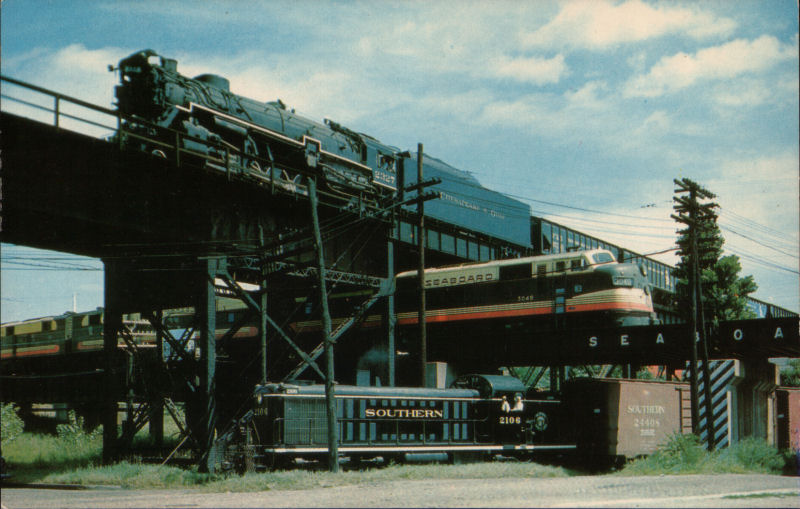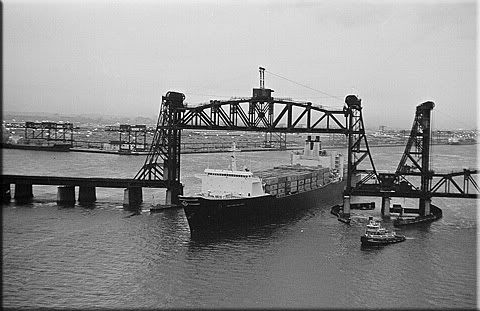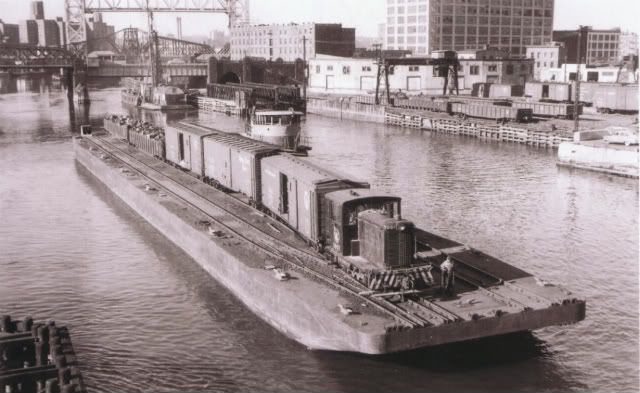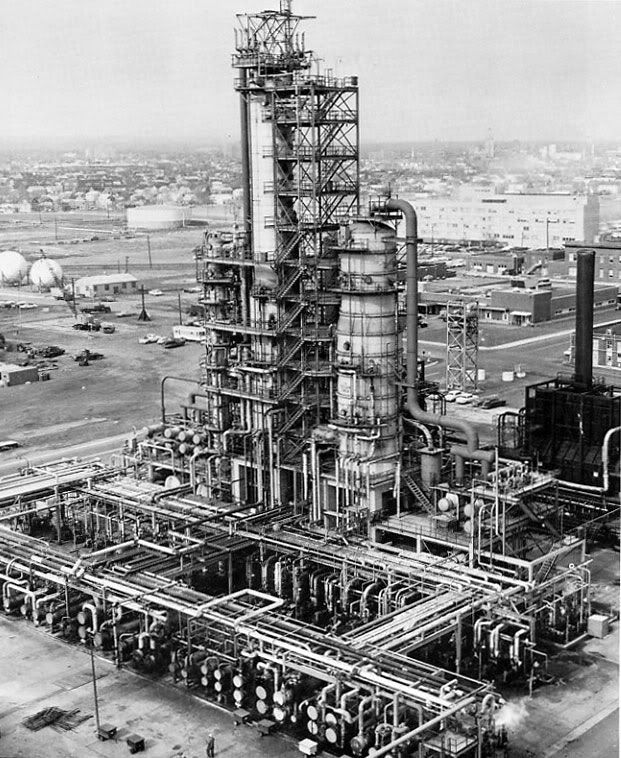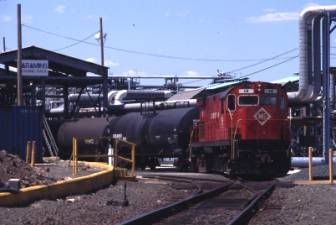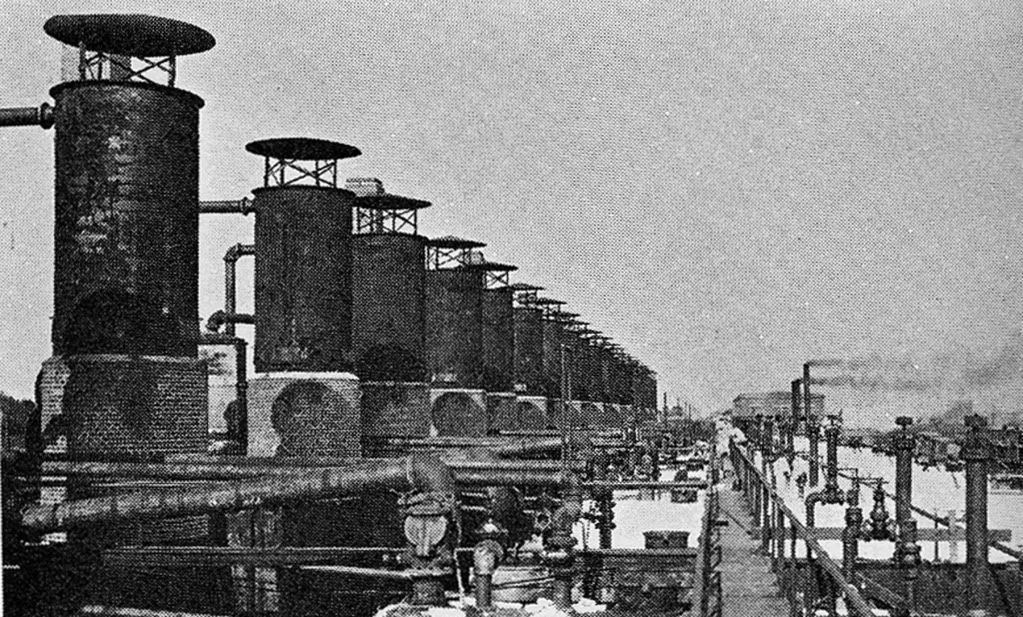quote:
What do you have in your area, that has that industrial allure?
I like the term "industrial allure" very much. It captures how railroading has my attention, primarily, because an apparent out-of-the-way, weed-grown siding is connected to a larger transportation system. That system is designed to satisfy the needs and wants of the larger society that siding is connected to, so trains can become a metaphor for how we as humans improve our lot and, therefore, are uplifting.
(a) Industrial allure in PA anthracite coal country (where I grew up): coal mines, all the impedimenta of extracting black diamonds from below the ground to market, from small mines to major corporations. There was narrow gauge railroading. Tracks ran everywhere, it seemed. There were hoppers everywhere. The RDG, PRR, D&H, NYW&O, DL&W, CNJ, LV, L&WV RR (Laurel Line) serviced the area. My grandmother would take my brother and I to an area slightly beyond her back yard, where there was a siding for the Conlon Coal Company. We played on the hoppers, with Granny smilingly approving. Today, all this is gone.
(b) Cleveland, OH: Where I went to school. They built Euclid trucks, still had steel mills, the river had weird (to me) train bridges. There was industry everywhere. I could see the right of way of trains along Lake Erie from my apartment: NYC ran trains constantly. Visited the Collingswood yard on Day 1, when CR took over. Today, most is gone.
(c) Philly: You were able to see what was: the old Baldwin shops were still around years ago; there were abandoned spurs not far from city hall; tracks ran on the streets. But, there was the present (at that time): freight lines were still electrified and the last vestiges of the VGN rectifiers (in PRR markings) and GG-1's still ran. Passenger trains ran everywhere, it seemed (still do). One example of what was: the old Phoenixville branch, which ran from the steel mills through near Malvern, across Route 202; along 202 to King of Prussia and meandered to Bridgeport. There was one quite interesting trestle bridge that I always wished I would see a train go across. This bridge was in a rural area outside Phoenixville and catches your attention.
In summary, all you had to do was open your eyes and realize there was a whole world interconnected by rails right in front of you. Mark



